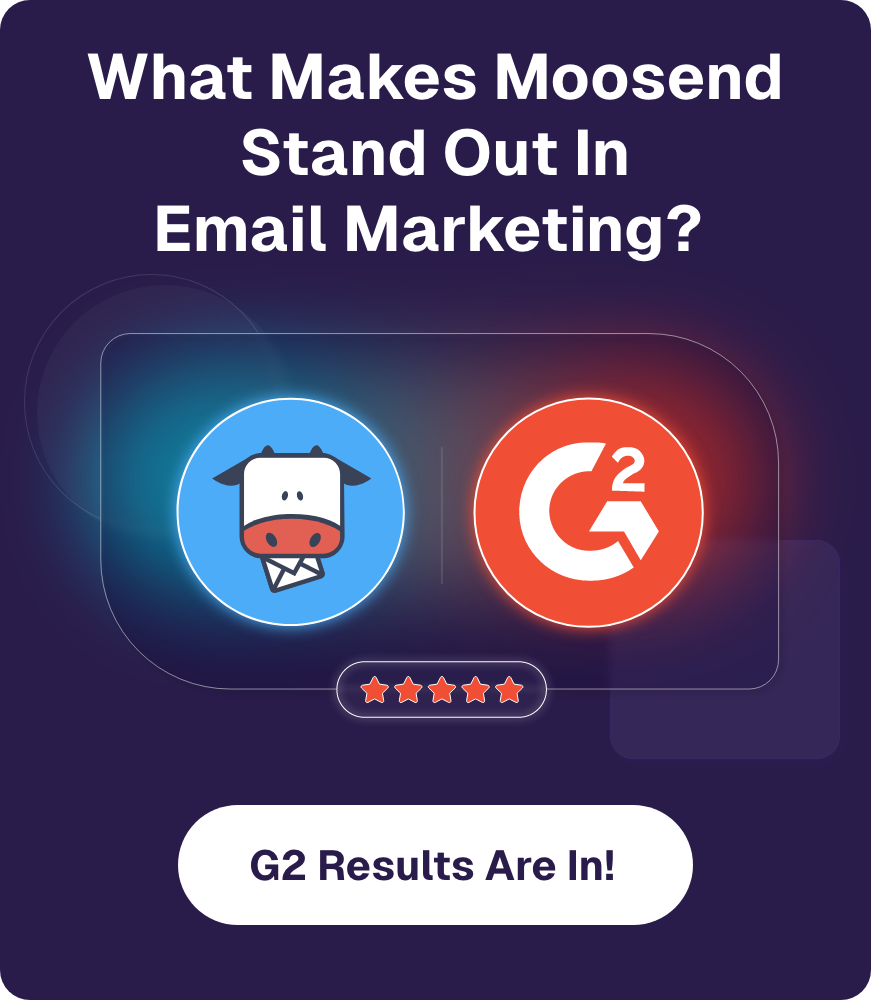
Hard Bounce vs Soft Bounce: What’s The Difference [2024]
Whether you’re a beginner or a seasoned marketer, you’ve surely come across the terms “hard bounce” and “soft bounce”.
As you can probably guess, these two terms have to do with email deliverability. They indicate that for some reason the email you sent couldn’t successfully reach the recipient, hence the bounce back.
Simply put, when you send an email, this email goes to a specific address. Responsible for getting the email is an email server. If this server cannot deliver the email to that specific person, then it sends the email back, saying that the email cannot be delivered. So the email bounces.
The reason behind the email’s delivery failure is what differentiates a hard bounce from a soft bounce. And since these two types of bounces are among the most vital email marketing metrics a business should be tracking, let’s take a closer look at these email marketing terms and their differences.
What Is A Hard Bounce?
A hard bounce is an email that could not be delivered to its recipient due to a permanent reason. While the cause of a hard bounce is varied, the most common reasons are the recipient’s email address being invalid or no longer in use because:
- the domain name doesn’t exist (ie., email ending after @)
- the email address contains a typo (e.g., @gnail.com instead of @gmail.com)
- the recipient has deactivated his email address after leaving a job position
- the recipient’s email server has blocked delivery
For whatever reason this permanent failure has occurred, you should remove all these email addresses from your list. Fortunately, most email service providers (ESPs) do this automatically for you, but it is advisable to ensure that your specific ESP’s practices include this process.
At Moosend, the hard bounced email addresses are added to a suppression list. All addresses in the suppression list are excluded from all future campaign sends. This ensures that your sender reputation remains intact.
What Is A Soft Bounce?
A soft bounce is an email that could not be delivered to its recipient’s mailbox due to temporary reasons. This means that while the current email message failed to reach the recipient, you might be able to make a successful email delivery at a later date.
Some common soft bounce reasons include:
- your emails have been marked as spam by too many people
- recipients mailbox is full, inactive, or incorrectly configured
- the email message is too large
- recipient’s mail server is down or offline
- email message does not meet the recipient server’s DMARC requirements for authentication
Whenever a soft bounce happens, most ESPs will attempt to deliver the message again over a period of a few days. Moosend’s system will try to send the same email 4 times before it is characterized as a hard bounce.
As you saw before, depending on the cause of the soft bounce, sometimes there isn’t much you can do (as in the case of the server being down). What you can control, though, is the size of your email. Create lighter and focused emails without exaggerating the use of images, GIFS, or other dynamic media.
Furthermore, a key difference between a soft bounce and a hard bounce is that while soft bounces are a problem requiring a solution, they aren’t dangerous to your sender reputation until they become hard bounces.
How To Improve Your Bounce Rate
You can drastically reduce the number of bounces by implementing some key email deliverability best practices.
- Maintain proper list hygiene: Clean your list regularly of non-responders and invalid addresses. High bounce rates affect your sender reputation and prevent you from achieving higher email delivery rates.
- Use double opt-in: Have users confirm their email address to avoid having invalid recipients. This also works as a way to ensure that subscribers actually want to receive your emails and they’re interested in your brand.
- Monitor email delivery: Pay close attention to bounce rates as well as response rates to avoid potential damage before it happens. Prevention is your best friend, so take measures to proactively prevent your emails from bouncing in the first place, or ending up in the spam folder.
Frequently Asked Questions (FAQ)
Q1. What Is an Acceptable Email Bounce Rate?
You should aim to have your total bounce rate under 2%. If you exceed this number, you might start noticing some deliverability issues.
However, this number is just an average calculated by comparing data across different industries. The day and time you send your email as well as your industry have an impact on bounce rates. Click here to find out the best day and time to launch your email campaigns.
Q2. Are Hard Bounces Bad?
Unlike soft bounces, a hard bounce can harm both your deliverability rates and sender reputation. Most email service providers (ESPs) handle hard bounces for you automatically, but you can manually add invalid email addresses to a suppression list as part of your email list hygiene practices.
Q3. Where Can I Find Bounce Information?
It all depends on your ESP, but generally, you can find bounce rate metrics on each individual campaign’s report.
On Moosend’s platform, you can also see the reason why your email failed to reach your recipient’s inbox.

Takeaway
A clean and up-to-date email list is essential for a successful email marketing strategy. Repeatedly trying to deliver emails to addresses that hard bounce may show internet service providers (ISPs) that you have bad list hygiene practices.
Consequently, you need to monitor your bounce rates at least once a week, let unengaged contacts freely unsubscribe, and make sure you comply with regulations like GDPR.




 Published by
Published by

 Published by
Published by